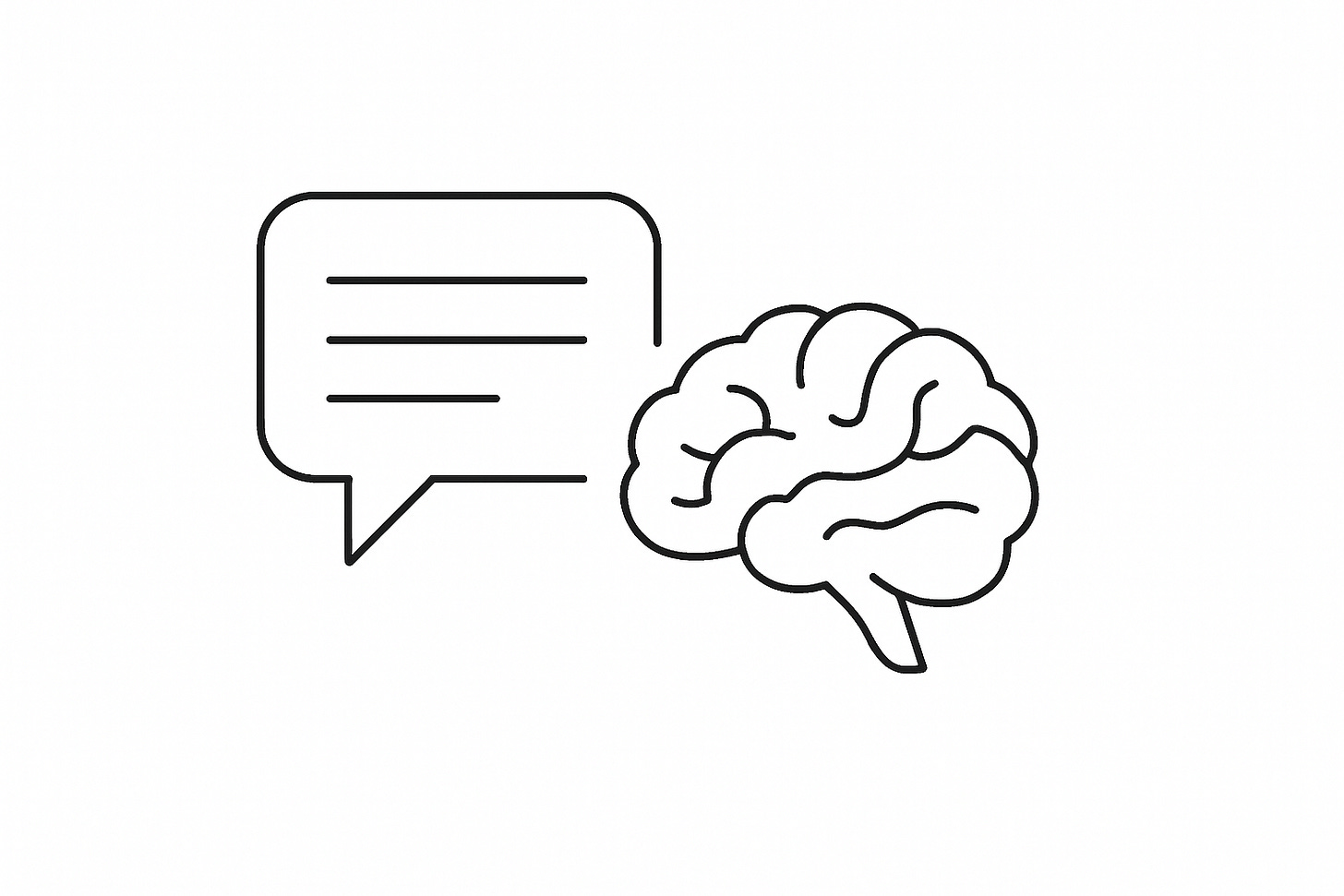One Question To Sharpen Your Judgment and Filter AI Fluff
Human judgment is only as good as your understanding. Here’s a simple question to make sense of what AI (or anyone) is really saying.
We keep hearing it time and again: Don’t trust AI. Use human judgment.
But if we’re being honest with ourselves, human judgment hasn’t always been that sharp (even before we had AI).
Humans are full of biases that tint the way we perceive something.
We’re easily swayed by confidence rather than substance.
We nod along to what is being said without really grasping the deeper meaning.
So now that having sound judgment is more important than ever, it’s imperative that we ask ourselves: What exactly does sound human judgment look like?
In my years working as a psychologist and then a journalist, making judgments was a part of everyday life.
How do I discern the proper diagnosis for a patient?
What is the best way to phrase each sentence so that it supports the entire point of the article?
While it might seem that mental health and headlines have little to do with one another, I’ve come to realize a common theme working in both professions:
Good judgment begins with understanding.
And how do we understand better?
It starts with one simple question.
First ask: What are they trying to say?
Lesson one: Psychology
When I was training as a psychologist, my supervisor and I would review the recorded sessions I had with my patients.
Time and again, she’d ask me:
“What were they trying to say?”
Not “what they said”, but what meaning was conveyed with each sentence they said.
It was a deceptively simple question.
But by forcing myself to put their words into my own, I was doing more than just listening.
I was understanding my patients more than they understood themselves.
Lesson two: Journalism
Later, as a journalist, I saw the same question pop up in a different form.
After submitting my (painstakingly crafted) drafts to my editor, she’d leave a trail of comments in the margins of my drafts with the same question:
“What are you trying to say?”
Again, the exercise worked the same way.
It forced me to read beyond the words, distill the idea, and make sure every sentence carried weight.
Why is this question so important?
When you can put words that you’ve heard or read into your own words, you’re going through a deep thinking process.
You’re engaging in active meaning-making: translating words into ideas that make sense to you.
You’re getting to the heart of the thought or idea.
Asking “what is it saying?” is important in a variety of our daily interactions.
But even more crucial when dealing with AI.
Because AI often produces paragraphs that look polished and sound confident. But confidence is not the same as clarity.
And if you stop and ask, “What is it saying?” you’ll quickly see whether there’s substance or just fluff.
Here’s a typical AI-generated example:
“In today’s rapidly evolving digital landscape, businesses must remain agile to adapt to new challenges and seize emerging opportunities. By fostering innovation, organizations can position themselves for long-term success.”
It looks like a decent enough conclusion for a blog. But if we ask “what is it saying” for each sentence, we realize it’s essentially saying the same thing: Businesses should adapt.
Better judgment starts with deeper understanding
The next time you read or hear something (especially from AI), pause and ask:
“What are they saying?”
If you can answer that clearly in your own words, you’ve reached a deeper understanding of what is communicated.
And only then, are you ready to judge whether it’s worth your time.
P.S. Are you an executive struggling to polish your thought leadership articles? Get my free 5-day email course on editing thought leadership content so it actually showcases your expertise. It’ll be useful whether you use AI or not. I bring my experience as a journalist with work featured in New Scientist, SLATE, Forge, Elemental, and more.


